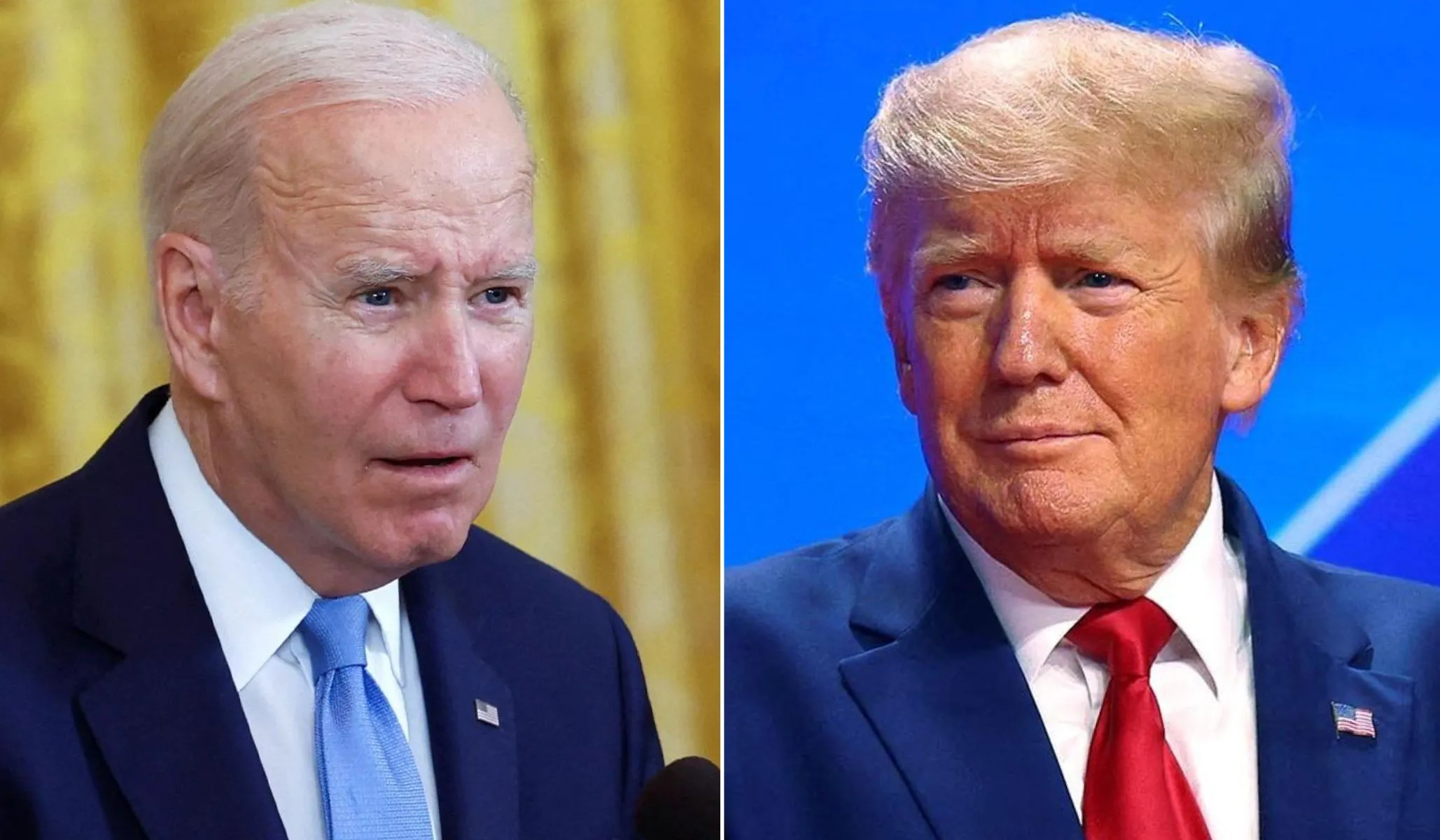Despite their political differences, a majority of Americans agree that they do not want Joe Biden or Donald Trump to run for president in 2024. According to polls, up to 70% of Americans want Biden to decline to run for reelection, while over 60% hope Trump will retire. However, primary voters seem to have ignored these sentiments, with Joe Biden currently leading the Democrats’ primary by 50 points and Donald Trump leading the Republicans’ by between 30 and 40 points. This is despite the public’s weariness, widespread contempt, and disapproval of both politicians, as well as concerns about age, honesty, and criminal conduct.
The modern primary system is based on the idea that everyday voters are better placed to intuit what other voters want than a handful of party apparatchiks in a faraway smoke-filled room. However, the fact that primary voters within both of America’s major political parties look set to renominate a pair of figures whom a supermajority of their compatriots disdain raises questions about the effectiveness of this system. If the advantage of party primaries is that everyday voters are nimble in responding to a cacophony of information, those voters certainly have a funny way of showing it.
This trend is similar to what we are seeing in many of America’s major corporations, where staff, corporate executives, and advertising firms have elected to eschew conventional aims such as profitability, market share, and the broad goodwill of the public, and to focus instead on the advancement of fringe ideologies that everybody hates. For example, companies such as Bud Light, the Walt Disney Company, and Target seem to have come to disdain the products they sell and to loathe the people whom they have traditionally existed to serve. Similarly, the Republican Party seems to have wasted the friendly political winds that were at its back in 2022 by foisting an ensemble cast of strange and unlikable candidates upon a baffled general public. Winning was not the aim; this is show business now.

